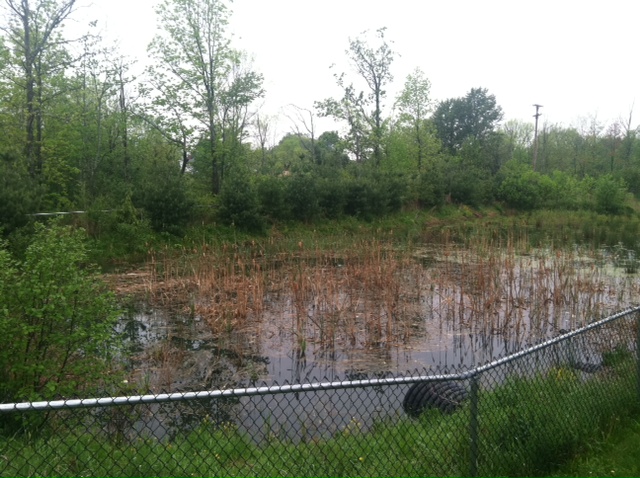Simple Steps for Minimizing Stormwater Pollution—Part 2
 |
5) Although many facilities are required by different regulations to implement spill prevention, control, and cleanup plans, even those that are not should consider the potential benefits. The EPA recommends the following aspects to incorporate in such plans:
- Spill prevention is the best way to avoid contaminated runoff so plans should cover the careful storage of materials in sound, clearly labeled containers, and the regular inspection and maintenance of equipment;
- Outdoor storage of materials should include provisions for keeping containers covered and kept on a paved area to protect them from being mobilized by wind and runoff. Storage areas that are not under a roof “should be designed to drain with a slight slope (approximately 1.5 percent) to an area that will provide treatment prior to disposal. Runoff from other areas should be excluded to reduce the volume of runoff requiring treatment by installing berms, curbs, or diversions on the perimeter of the storage area;”
- For outdoor liquid storage, secondary containment should be implemented and runoff or spills from the containment area should be directed to the sanitary sewer (where permissible) or to an appropriate storage or treatment facility for reuse or disposal;
- Spill handling procedures should be well-defined for any materials that might be exposed to rainfall or runoff and should cover both small and large spills, including requirements for contacting emergency personnel;
- Spill procedures should also “emphasize that spills must be cleaned up promptly and should specify how each type of material should be handled,” and that use of water for cleanup is strongly discouraged; and
- Drains or inlets to storm sewers should be plugged during spill remediation to prevent off-site export of pollutants.
Attend the Stormwater Pollution Prevention Plans for Industrial Facilities webinar to learn the changes to the NPDES that differ from the old standards. Learn more.
6) Keeping equipment clean and well maintained often requires outdoor washing and other operations that can result in contaminated runoff. To practice safe equipment washing and maintenance, the EPA recommends adhering to the following pollution prevention measures:
- Water that results from the cleaning of industrial equipment “must be discharged as process wastewater to the sanitary sewer and is not allowed in storm drains, in most cases;”
- For cleaning greasy equipment or trucks, the EPA recommends designating a special cleaning area with “equipment installed to capture, pre-treat, and discharge the wash water to the sanitary sewer;”
- To help ensure washing and other activities with spill potential are only conducted in the appropriate areas, the EPA recommends posting instructional signs that prohibit changing vehicle oil, washing with solvents, and other activities in nonwash areas;
- Systems such as sumps and drain lines should be installed to collect washwater for treatment and discharge to the sanitary sewer; and
- During vehicle maintenance activities, the EPA first advises that such operations be performed indoors and that all waste materials be properly stored and disposed of or recycled. When performing maintenance work outdoors, “all oil and grease should be captured unless precautions are taken to prevent them from being carried in runoff, such as with the use of absorbent pads in inlets or grates.”
Stormwater Pollution Prevention Plans for Industrial Facilities: How to Master Obligations Under Evolving NPDES Requirements
Ensure that your facility has a stormwater pollution prevention plan that complies with NPDES requirements. Space is limited. Register now.
7) When performing construction, repairs, or remodeling activities, the EPA says there are several precautionary steps that can be taken to minimize the potential for stormwater contamination, including:
- Mixing paints only in areas where paint spills can be easily recovered or cleaned, and using impermeable ground cloths;
- Proper management of paint chips and scrapings to prevent contamination of water or soil (including any additional requirements for lead-based paint);
- Storing paint buckets and barrels of materials where they will not be in contact with runoff;
- Performing cleanup of water-based paint brushes and equipment in a sink connected to the sanitary sewer, while oil-based paint brushes and equipment must be stored or recycled;
- Hanging drop clothes or draperies during spray painting to shield the user from the wind, collect overspray, and minimize the spreading of windblown materials; and
- Placing a tarp or ground cloth beneath sand blasting activities to capture the blasting medium, protect the work area from wind, and capture airborne particles.
